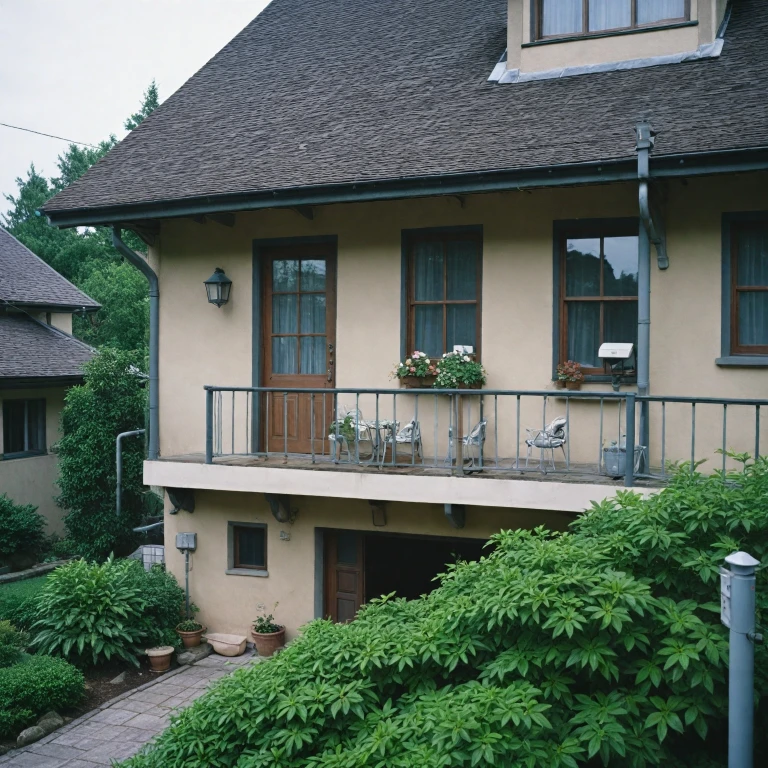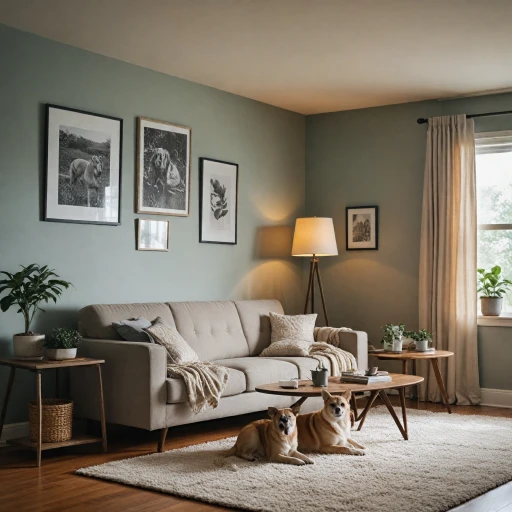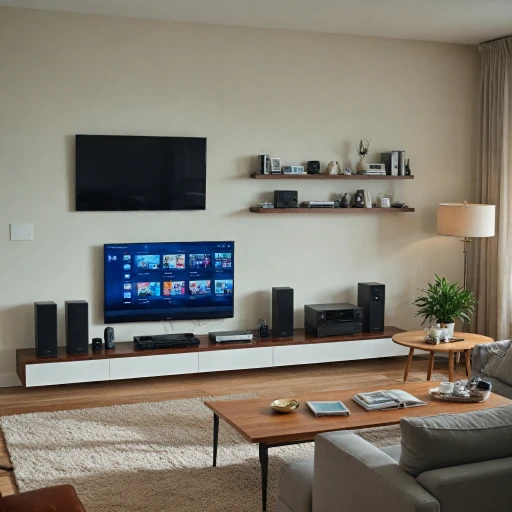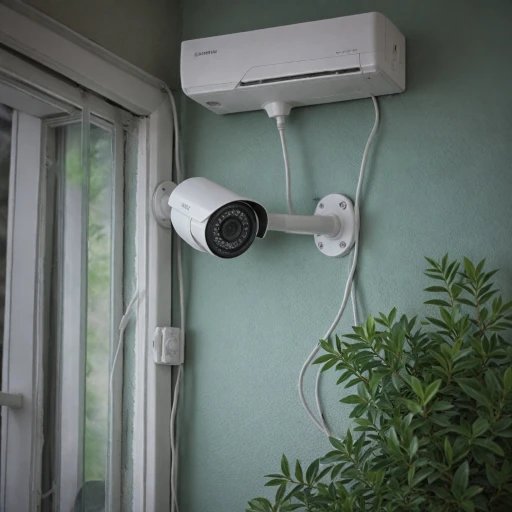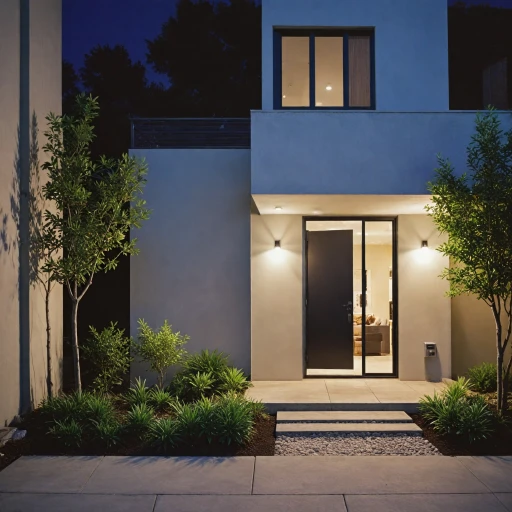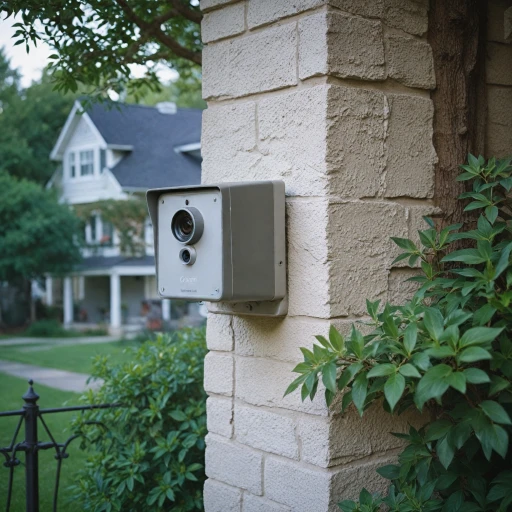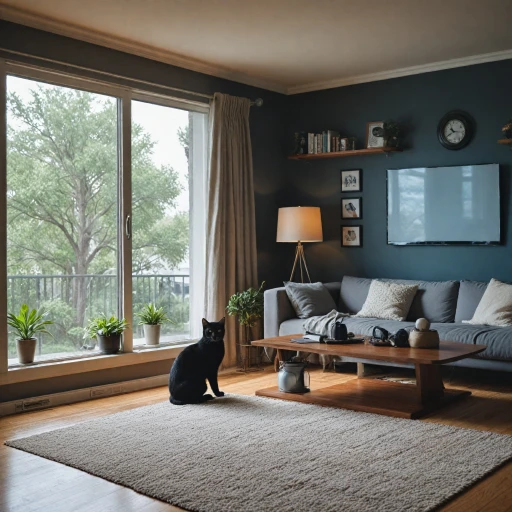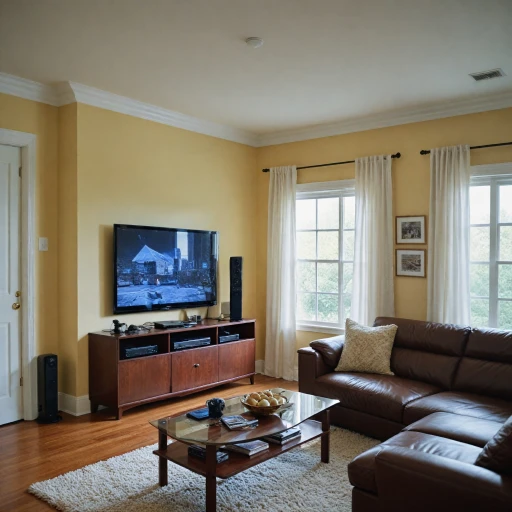What is a Siamese Cable?
Exploring the Essentials of Siamese Cable
For anyone venturing into the realm of home security cameras, understanding the components of a camera system is crucial. The siamese cable plays a pivotal role in these configurations. But what exactly is a Siamese Cable, and why is it integral to your security setup?
Siamese cables are essentially a hybrid, combining both coaxial and power cables in a single jacket. This dual functionality provides a streamlined approach to cabling needs, facilitating easier installation and management. The coaxial portion is typically used for transmitting the video signal from the cameras back to the recording device, such as DVRs (Digital Video Recorders). Meanwhile, the power cable supplies the necessary power to operate the cameras.
Most Siamese cables incorporate quality materials, often featuring solid copper wiring to ensure maximal efficiency in transmitting video signals and power. The cables are commonly outfitted with BNC connectors, simplifying their connectivity to the various components of your camera systems, including PTZ (pan, tilt, zoom) and dome cameras.
Furthermore, these cables are generally designed with a particular AWG (American Wire Gauge) to handle the required power consumption of security cameras. The convenience of having both video and power capabilities in one cable not only makes installation more manageable but also helps in reducing clutter, ensuring a tidy setup for your surveillance needs.
The success of your surveillance systems heavily relies on your choice of cabling. For those prioritizing quality and simplicity in their security camera setup, Siamese cables offer a robust solution that aligns with various cctv requirements. Ultimately, understanding the anatomy of a Siamese cable will empower you to make more informed decisions in your quest to enhance home security. For those interested in further optimizing their camera systems, a 24-port PoE switch can greatly improve connectivity and power management.
Advantages of Using Siamese Cables
The Benefits of Opting for a Versatile Cable Solution
When considering your home security needs, the type of cable you choose plays a critical role in maintaining efficient and effective surveillance systems. Siamese cables present several advantages that set them apart from other cabling options and make them an excellent choice for camera systems.
One of the primary benefits of Siamese cables is their ability to carry both video and power signals over a single cable, simplifying the setup for cameras and camera systems. This functionality reduces the clutter of having multiple cables running to each camera, which can especially be advantageous for system cameras featuring multiple cameras security, such as dome cameras and PTZ (Pan Tilt Zoom) cameras.
Moreover, Siamese coax cables often incorporate solid copper design, ensuring reliable signals for both video input and power output. The use of bare copper wires enhances the performance of CCTV systems by minimizing resistance and increasing longevity, making them suitable for high-quality security camera applications such as license plate recognition.
Another practical advantage is the compatibility of these cables with common connector types like BNC connectors. This provides seamless connectivity with DVRs and other essential components of surveillance systems, while also enabling future expansions or adjustments without necessitating major infrastructural changes.
For homeowners interested in upgrading their security setup, the appeal of Siamese cables also extends to budgeting. They minimize installation cost and ongoing maintenance fees by reducing the need for additional wiring and adapters. Considering their dual-functionality and resilience, Siamese cables serve as a cost-effective solution for comprehensive home surveillance.
To learn more about how such integrative solutions can enhance your security, consider exploring options like a 16-port PoE network switch to further consolidate camera operations.
Installation Process for Siamese Cables
Installing Siamese Cables for Your Home Security System
When it comes to setting up your home security system, particularly if you're using CCTV cameras, the installation of Siamese cables can play a crucial role. These cables are known for their combination of power and video transmission, offering a streamlined solution for your surveillance needs. Here's a basic guide to help with the installation process.
To begin with, you'll need the following items:
- Siamese cable: Ensure it meets the necessary length for your setup.
- BNC connectors: For video signal transmission.
- Power adapters: To connect the power cable to your cameras.
- Wire cutters and coaxial crimping tool: Essential for cutting and preparing the cables.
Start the installation by mapping out where each camera in your camera system will be located. Measure the distances to ensure you have sufficient length of siamese cable. Once this is established, cut the cable accordingly.
The next step involves separating the video and power components of the Siamese cable. The coaxial part will typically contain a solid copper or bare copper wire that transmits video signals, while the power cable carries electrical power to the cameras. Using wire cutters, carefully strip the outer coating of the cables, exposing the necessary amount of wire.
Crimp BNC connectors to the exposed coaxial wires. This step is crucial as it provides the connectivity needed for video signals to travel from your cameras to the DVR or surveillance system. Ensure the connectors are securely attached to prevent any signal loss.
For the power connections, match each power cable to the adapter connected to your camera. Some cameras like PTZ (pan, tilt, zoom) or dome cameras may have specific power requirements, so always confirm this during installation.
Once everything is connected, run a thorough test to ensure that video and power signals are reaching all your surveillance systems. Make adjustments to any loose connections or extending cables if needed. Depending on the system's setup, you might need to use a mount to secure cables, especially in outdoor or high-traffic areas.
With its dual-purpose design, using Siamese cables simplifies the overall setup process of CCTV cameras, ensuring reliable power and video transmission across your home security system.
Comparing Siamese Cables with Other Cable Types
How Do Siamese Cables Stand Against Other Options?
When considering cables for your security camera setup, it's essential to weigh the pros and cons of Siamese cables against other types like Cat5, Cat6, or fiber optic cables. Each of these has unique features and can serve different requirements for CCTV systems. Siamese cables, one of the most popular choices for analog systems, combine both power and video transmission through a single run of wire. This design contrasts with using separate cables for video and power, which can complicate installation and maintenance. Several points make Siamese cables preferable in certain situations:- Ease of Installation: With both the coax (for video) and power cables included in one sheath, you save significant time during the installation process. This reduces the need for multiple wiring runs, making it ideal for both professionals and DIY enthusiasts.
- Cost-Effectiveness: Compared to fiber optic systems, Siamese cables are generally more budget-friendly. They provide a reliable solution for transmitting video over long distances without the high costs associated with advanced technologies. The copper cables used in Siamese setups are also more affordable than options that employ high-performance materials.
- Versatility in Security Systems: Siamese cables are compatible with a variety of security camera types, including dome cameras, PTZ (pan-tilt-zoom) cameras, and traditional CCTV cameras. This allows for flexible applications in different surveillance environments.
- Durability and Reliability: The solid copper and coaxial construction offer robust performance, ensuring consistent video quality and power delivery. The BNC connectors used with Siamese cables are well-known for their secure and efficient connection, critical for the long-term stability of your security system.
Cost Considerations and Budgeting
Cost Implications: A Closer Look at Your Budget
When it comes to planning your home security system, understanding the cost dynamics of Siamese cables in comparison to other cable types is essential. Let's delve into what this means for your budget:
- Material Costs: Siamese cables typically feature a combination of coaxial cables for video transmission and power cables, often made with solid copper. This can make them slightly more expensive than standalone coax cables. However, this integrated design can save costs in the long run by reducing the need for separate power and coax cables.
- Installation Expenses: Although the price per foot for Siamese cables may be higher, they can streamline installation. With merged video and power cables, installation is less complex, potentially reducing labor costs and installation time, which tend to accumulate with more complex wiring setups.
- Equipment Compatibility: Ensuring your DVRs, PTZ, dome cameras, and BNC connectors are compatible with Siamese cabling can avoid future costs associated with replacing incompatible equipment. The ability of Siamese cables to work seamlessly within most camera systems can prevent unexpected budget overruns.
- Long-term Value: The upfront cost of Siamese cables might be higher, but their durability and reliability—owing largely to their copper construction—mean they may have a longer lifespan and lower maintenance costs than other cables. This could translate into fewer replacements and repairs over time.
- Bulk Purchase Savings: If you require cabling for extensive systems—such as those needed for license plate or extensive CCTV camera setups—consider the benefits of bulk purchasing. This can substantially lower the per-foot cost and provide significant savings on large projects.
In summary, the cost of Siamese cables must be weighed against their advantages in installation efficiency and system integration. Planning ahead by considering both immediate and long-term financial impacts is crucial to optimizing your investment in a reliable security setup.
Real-World Applications and User Experiences
Practical Use Cases and Consumer Insights
Many homeowners have experienced firsthand the transformative impact of using siamese cables in their security camera systems. By opting for a siamese cable setup, users have reported improvements in both video and power reliability. This is especially crucial in camera systems where continuous monitoring is necessary, such as in areas with high foot traffic or for monitoring specific assets like license plates.
In real-world applications, siamese cables have been instrumental in various configurations of camera systems, ranging from basic CCTV setups to more advanced PTZ (pan-tilt-zoom) cameras. Homeowners with extensive setups, including dome cameras and coaxial PTZ configurations, benefit significantly from the consistencies provided by the solid copper coax components. Users have also noted the ease of handling multiple connections with BNC connectors within their camera systems, ensuring seamless integration with DVRS and other recording devices.
In terms of installation, while the siamese cable requires a bit more initial effort compared to other options, the long-term benefits greatly outweigh the initial time investment. User feedback consistently highlights a significant reduction in maintenance needs, with minimal interference in video power transmission. This is largely due to the high-quality bare copper wire used in siamese coax, which maintains signal strength even over extended distances.
Economically, users find that investing in quality siamese cables offers cost efficiency, given their durability and performance. While exploring the different configurations available, it's important to understand how cable siamese setups compare to other solutions to optimize both budgeting and system efficiency.
To sum up, the use of siamese cables in home security systems is well-regarded among users for delivering stability, optimal performance, and reliability, contributing to a more robust security framework.
